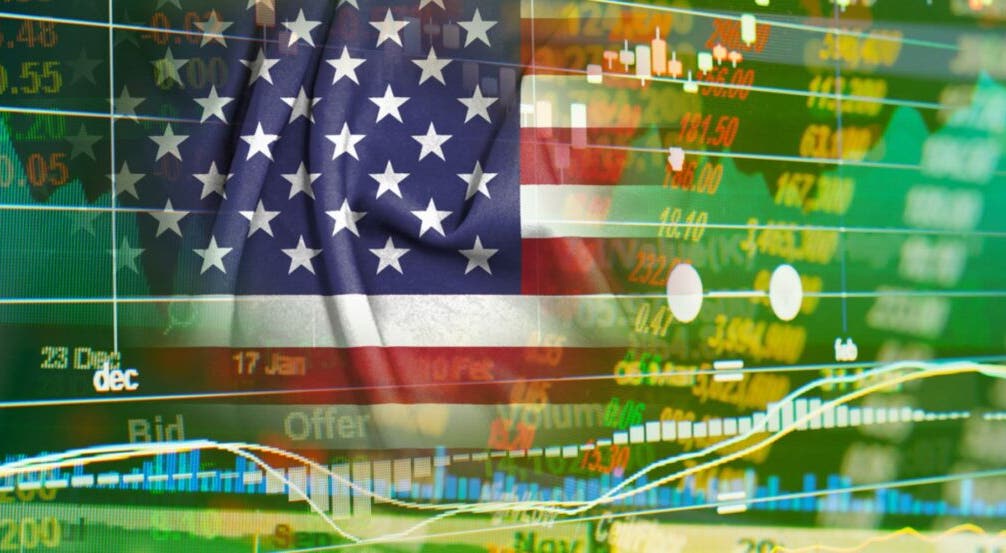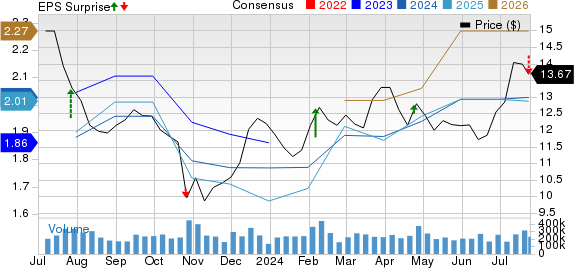Propelled by the promise of a vote of confidence in small-cap stocks, Goldman Sachs’ equity research team has predicted a rosy future for U.S. small-cap stocks.
Based on their latest report to clients, the Russell 2000 small-cap index, tracked by the iShares Russell 2000 ETF IWM is anticipated to see a substantial upswing, with an expected return of approximately 9% in the next six months and a formidable 15% for the entire year.
Compared to their predictions for the large-cap S&P 500, which is forecasted to climb by 7% to reach 5,100 by the close of 2024, translating to a total return of 9% when factoring in dividends.
Highlighting Reasons Behind the Optimism
- Valuations and Economic Growth: The expected growth of the Russell 2000 is supported by its current low valuations and a promising economic outlook. Data from previous years reveals that nearly two-thirds of its 12-month returns have been influenced by valuations and real U.S. economic growth.
- Comparative Performance: The Russell 2000 still lags approximately 20% behind its peak in November 2021, while the S&P 500 falls just slightly behind its all-time high from January 2022. This performance gap underscores the untapped potential of small-caps.
- Investor Behavior: Recent rallies in the Russell 2000 have been driven more by investments in macro products like futures and options, rather than direct purchases in individual small-cap stocks. This is evidenced by a shift in investor net positions in Russell 2000 futures from $5 billion short to $4 billion long.
- Macro Factors: U.S. economic growth plays a pivotal role in small-cap returns. Since 2010, the Russell 2000 has exhibited heightened sensitivity to market pricing of economic growth, more so than interest rates, and has responded more dynamically to economic growth shifts than the S&P 500 or the Nasdaq-100.
- Historical Trends in Election Years: The anticipated 15% return mirrors the historical median return of the Russell 2000 in U.S. presidential election years. Over the years, the index has performed positively in seven out of the last 10 presidential election years and outperformed the S&P 500 in eight of those years.
| Election Year | Russell 2000 Annual Return | S&P 500 Annual Return | RTY vs. SPX Differential |
|---|---|---|---|
| 1984 | (10)% | 1% | -11% |
| 1988 | 22% | 12% | +10% |
| 1992 | 16% | 4% | +12% |
| 1996 | 15% | 20% | -6% |
| 2000 | (4)% | (10)% | +6% |
| 2004 | 17% | 9% | +8% |
| 2008 | (35)% | (38)% | +4% |
| 2012 | 15% | 13% | +1% |
| 2016 | 19% | 10% | +10% |
| 2020 | 18% | 16% | +2% |
| Median | 16% | 9% | +6% |
| % Positive | 70% | 80% | 80% |
The analysts at Goldman Sachs, led by Ben Snider, also cautioned about potential risk factors and concerns associated with small caps. The prospects of small-caps thriving could be dimmed if economic growth weakens more than anticipated.
Furthermore, a sharp uptick in interest rates poses a specific threat to small-caps, especially given the significant sector allocation of the Russell 2000 in Biotech, Banks, and Real Estate.
Curious to see what it would take to trigger a Fed Rate Cut in Q1 2024? Delve into our December Inflation Preview.
Photo: Shutterstock



